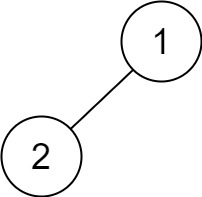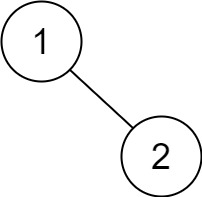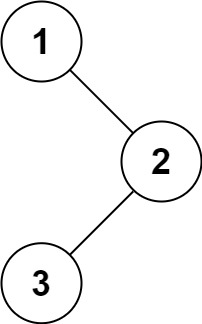Given a non-empty array of integers, every element appears twice except for one. Find that single one.
Note:
Your algorithm should have a linear runtime complexity. Could you implement it without using extra memory?
Example 1:
1 | Input: [2,2,1] |
Example 2:
1 | Input: [4,1,2,1,2] |





